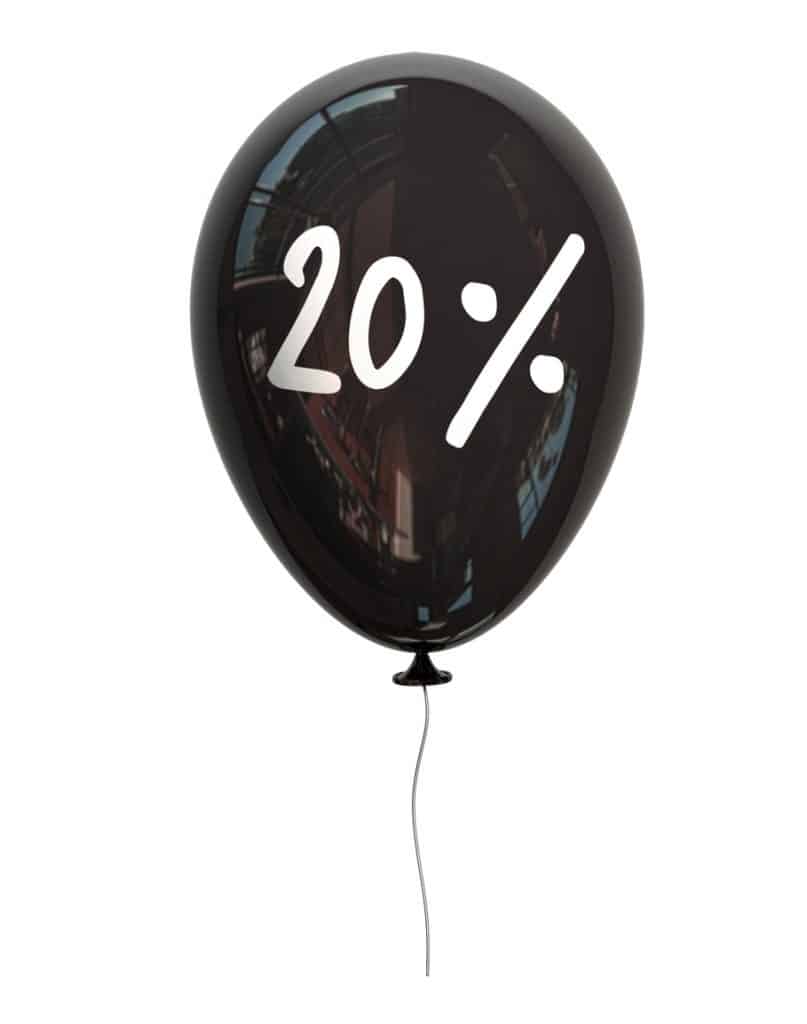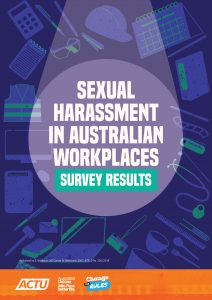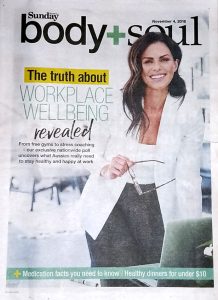
This blog has a policy of linking to source documents wherever possible. Recently I investigated the origin of the statement and its variations:
“In a 12 month period, 20 per cent of Australians will experience a mental health condition.”
Clarity on this is going to be important as Australia has several formal inquiries relating to mental health and this statement often crops up in strategy documents and policies related to occupational health and safety (OHS).


 Some media reports on the
Some media reports on the 
 The Australian Government has released the
The Australian Government has released the  On Sunday November 4 2018, The Herald-Sun newspaper’s regular Body & Soul supplement devoted several pages to an
On Sunday November 4 2018, The Herald-Sun newspaper’s regular Body & Soul supplement devoted several pages to an